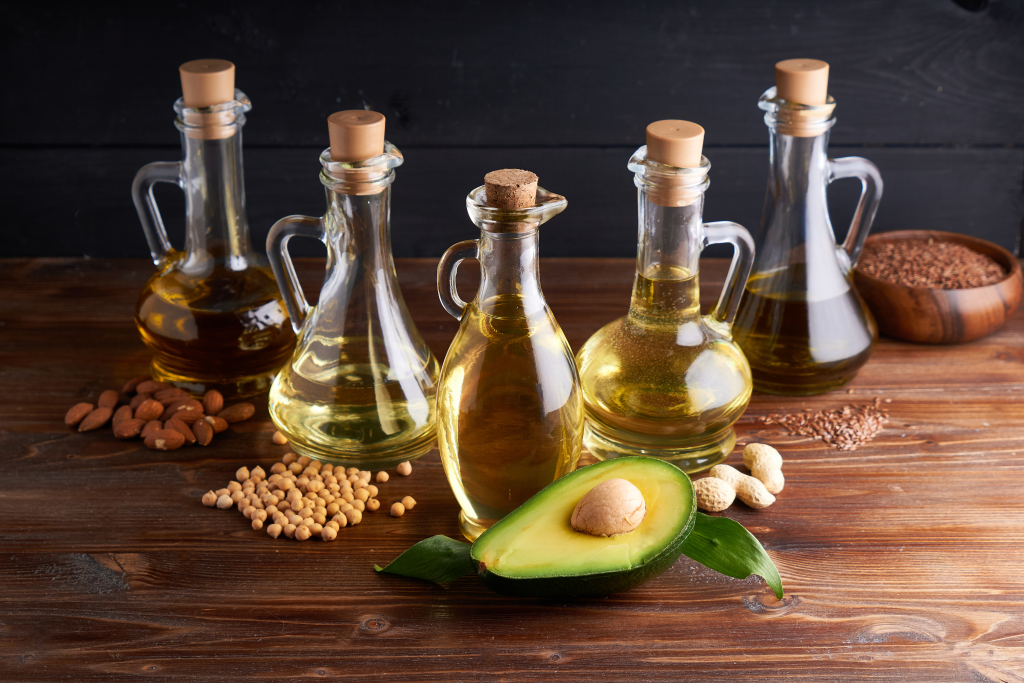Low porosity hair can be a bit of a challenge—it resists moisture, products sit on top, and it takes forever to dry. But with the right oils, you can hydrate and nourish your hair without weighing it down. If you’re in Ontario, whether it’s the dry winters or humid summers, understanding how to care for low porosity hair is essential. Here’s a guide to the best oils that penetrate and moisturize effectively.
1. Jojoba Oil
Jojoba oil closely resembles the natural sebum produced by our scalp, making it an excellent choice for low porosity hair. It’s lightweight and absorbs easily, providing moisture without leaving a greasy residue. This oil helps balance the scalp’s natural oils and can reduce dandruff and flakiness.
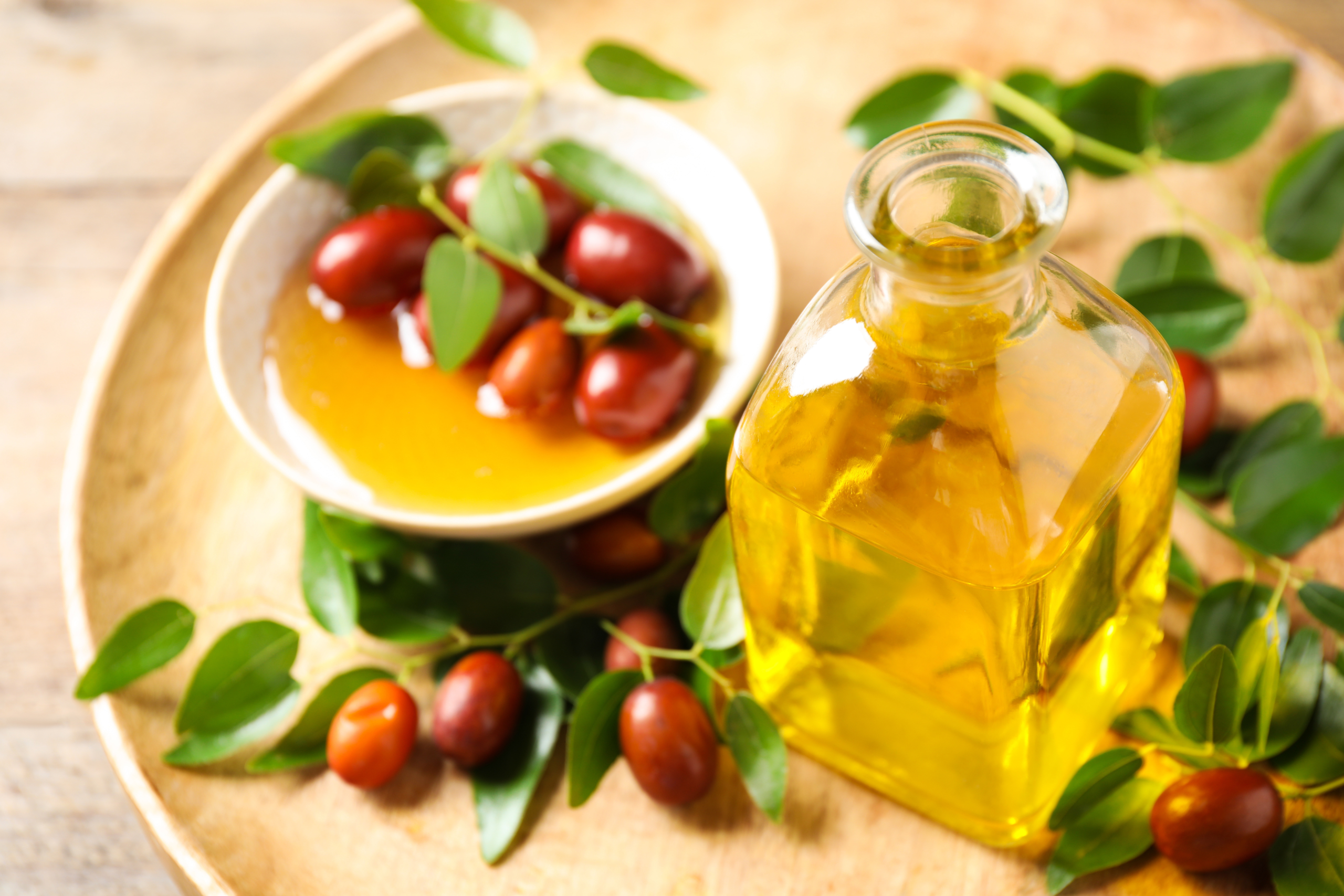
2. Argan Oil
Often referred to as “liquid gold,” argan oil is rich in vitamin E and fatty acids. It’s lightweight and penetrates the hair shaft, delivering moisture and shine. Argan oil also helps reduce frizz and protects against heat damage, making it ideal for styling.
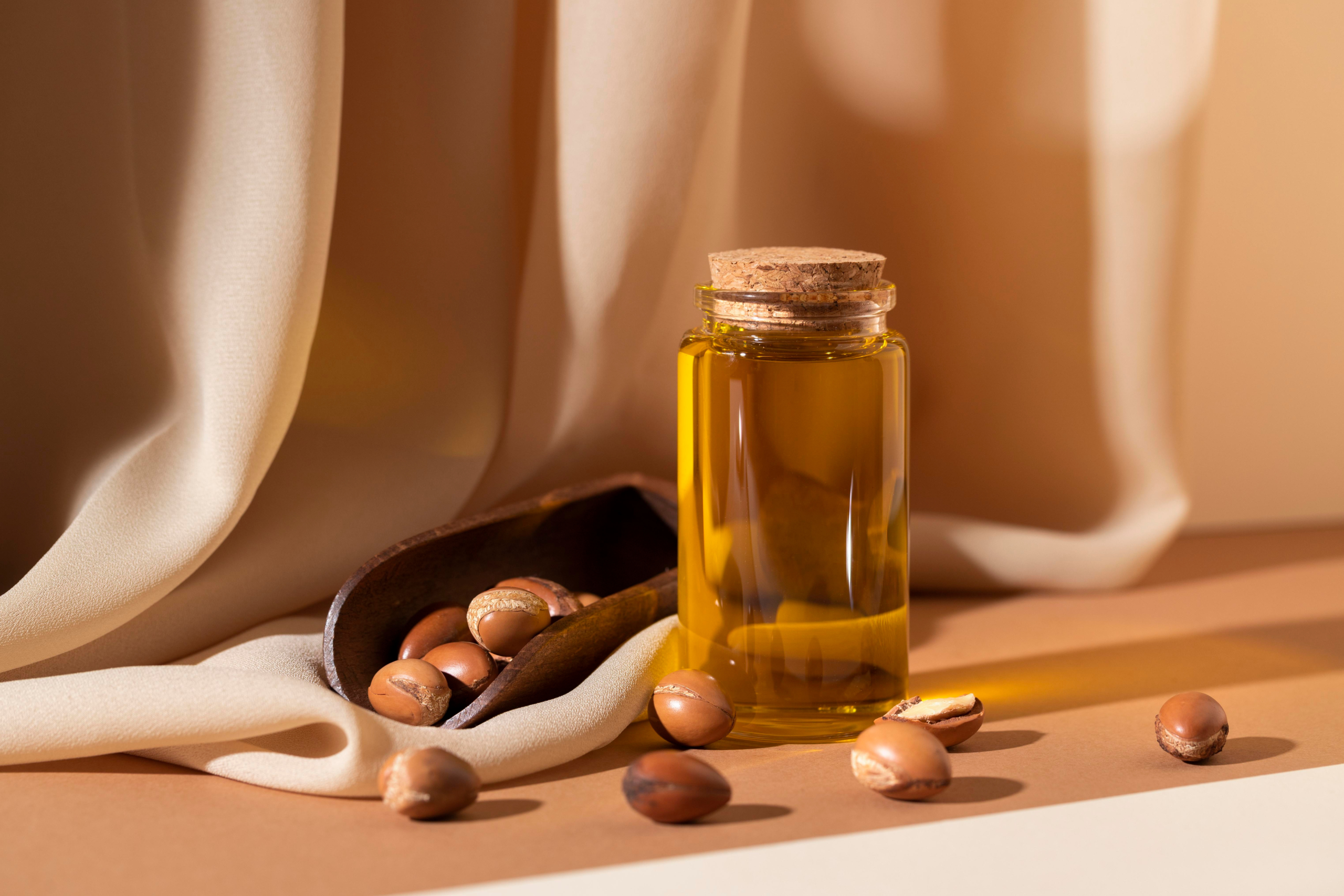
3. Grapeseed Oil
Grapeseed oil is another lightweight option that’s perfect for low porosity hair. It’s high in antioxidants and vitamin E, which help strengthen hair and promote growth. This oil seals in moisture and adds shine without making your hair feel heavy.
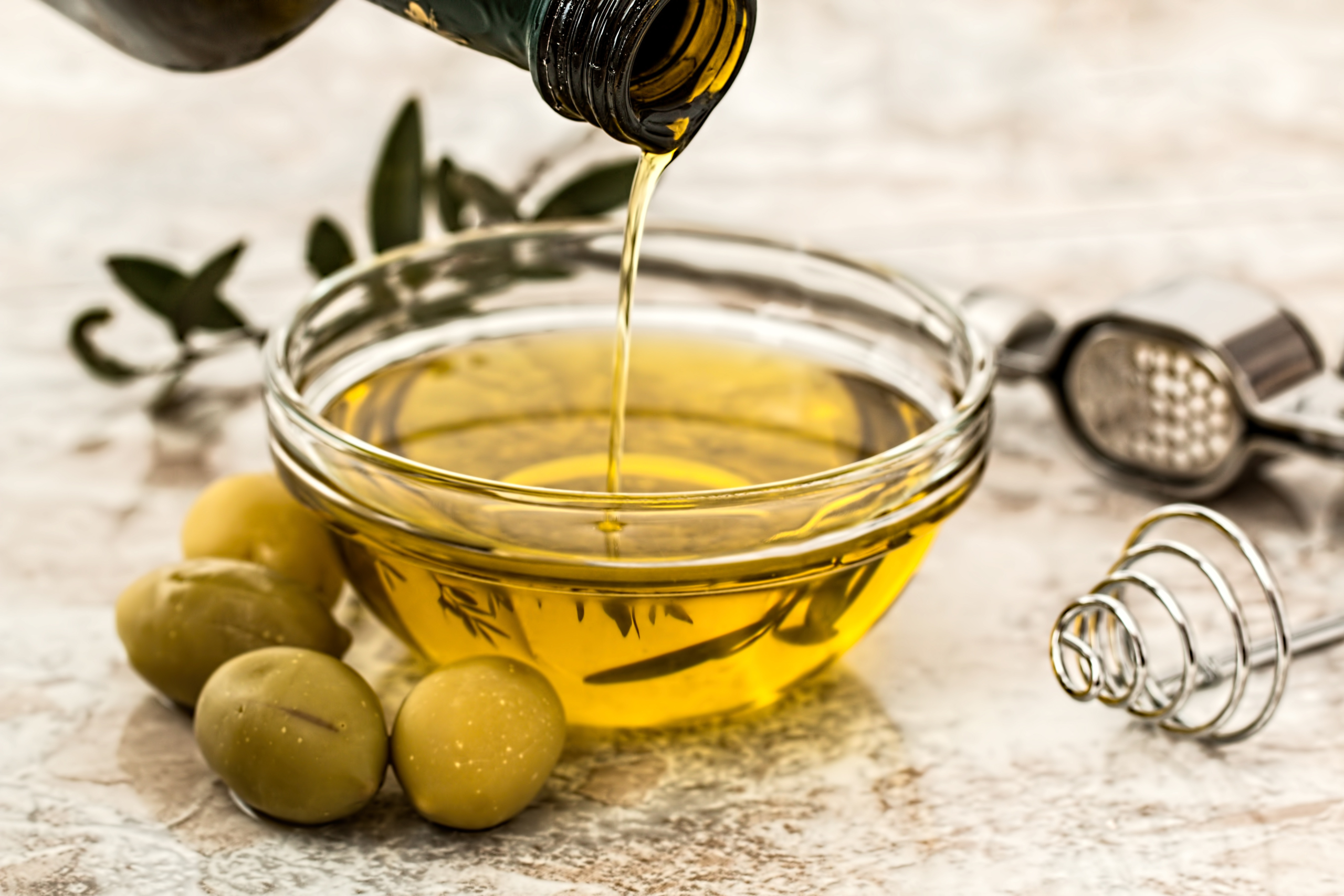
4. Sweet Almond Oil
Sweet almond oil is rich in vitamins A, B, and E, which are essential for healthy hair. It’s light and easily absorbed, making it suitable for low porosity hair. This oil helps to soften hair, improve manageability, and add a natural shine.
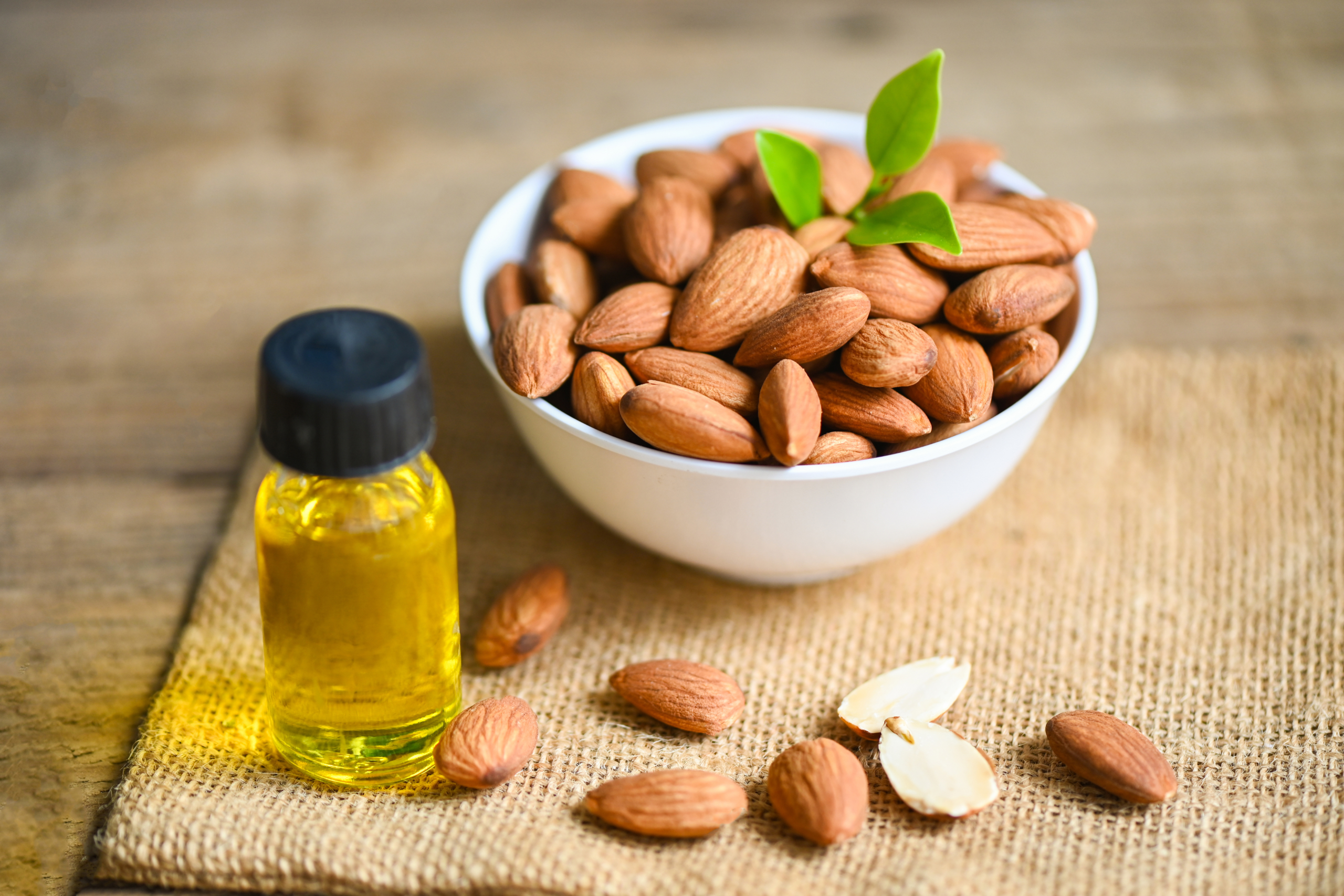
5. Apricot Kernel Oil
Apricot kernel oil is a light, non-greasy oil that’s rich in vitamins A and E. It penetrates the hair shaft easily, providing moisture and softness. This oil also helps to soothe the scalp and can reduce dryness and itchiness.

6. Baobab Oil
Baobab oil is packed with omega fatty acids and vitamins A, D, E, and F. It’s lightweight and absorbs quickly, making it ideal for low porosity hair. This oil helps to strengthen hair, reduce breakage, and add elasticity.
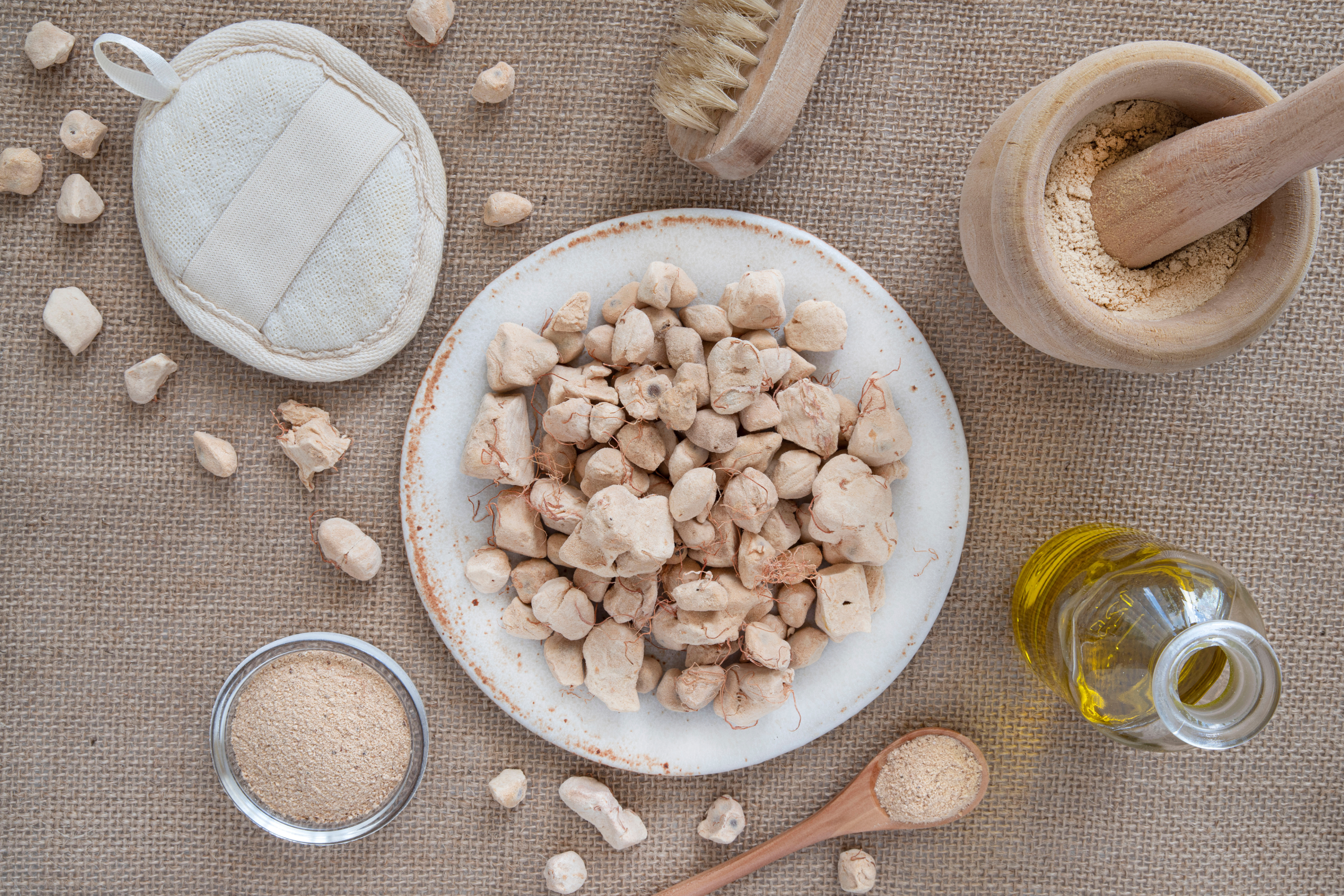
7. Rosehip Oil
Rosehip oil is rich in essential fatty acids and antioxidants. It’s light and penetrates the hair shaft, providing moisture and promoting hair growth. This oil also helps to repair damaged hair and reduce scalp inflammation.
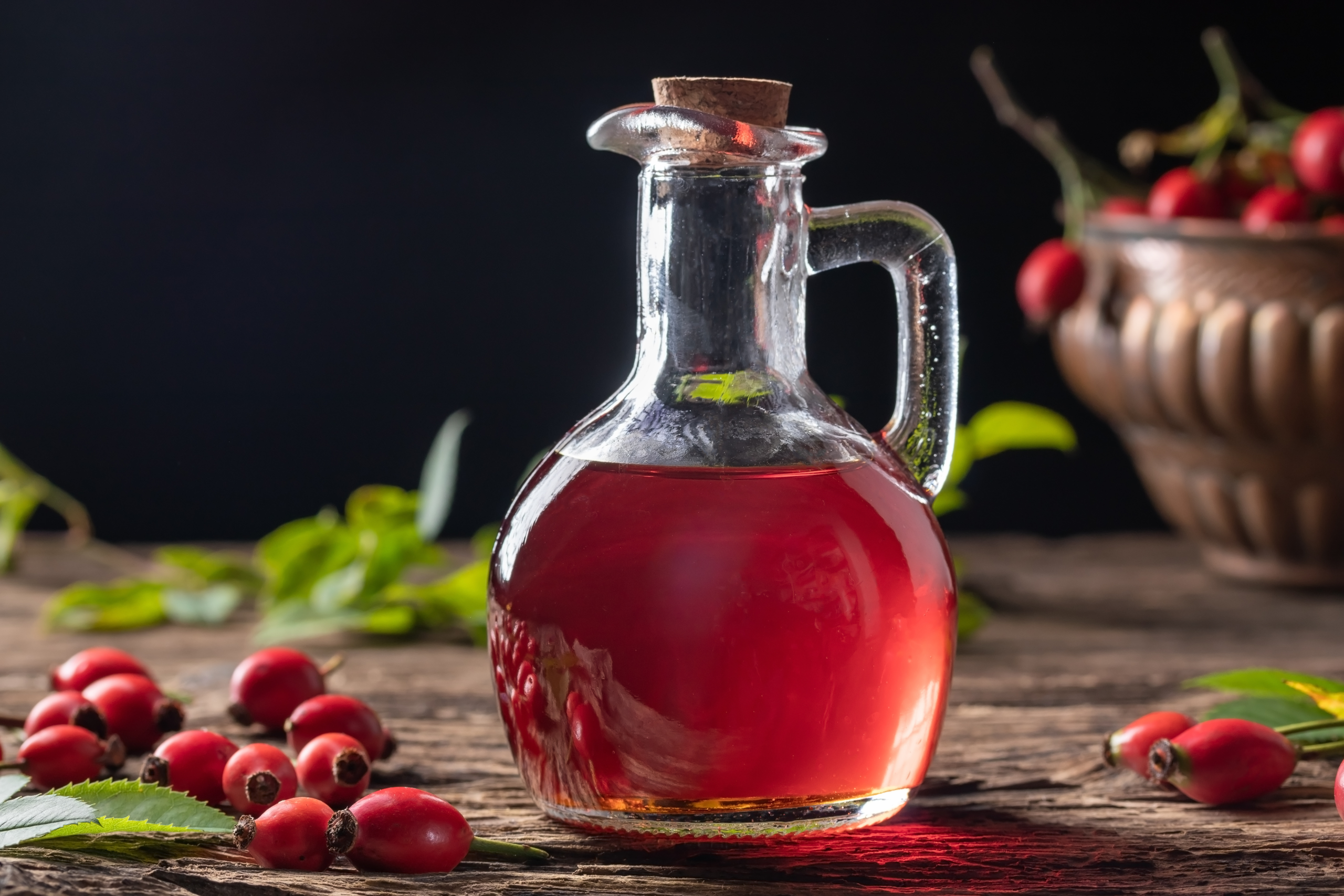
8. Safflower Oil
Safflower oil is a light, non-greasy oil that’s high in linoleic acid. It penetrates the hair shaft easily, providing moisture and softness. This oil also helps to promote hair growth and reduce hair loss.

Tips for Using Oils on Low Porosity Hair
- Apply on Damp Hair: Oils seal in moisture but don’t add it. Always apply oils to damp hair to lock in hydration.
- Use Heat: Applying gentle heat can help open the hair cuticle, allowing oils to penetrate more effectively.
- Avoid Heavy Oils: Steer clear of heavy oils like castor or coconut oil, which can sit on top of the hair and cause buildup.
- Don’t Overdo It: A little goes a long way. Using too much oil can weigh down your hair and make it look greasy.
If you’re unsure about how to incorporate these oils into your routine or need a haircut that complements your hair type, consider consulting an expert who can cut men’s hair with low porosity. They can provide personalized advice and styles that work best for your hair’s unique needs.

